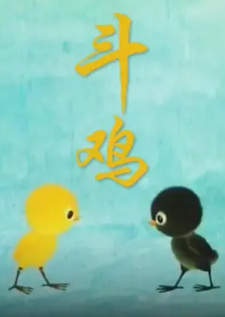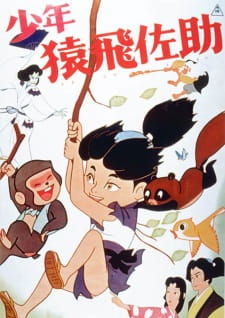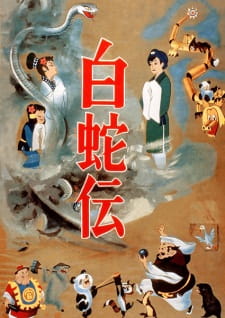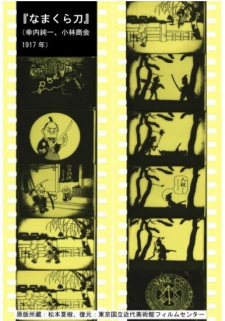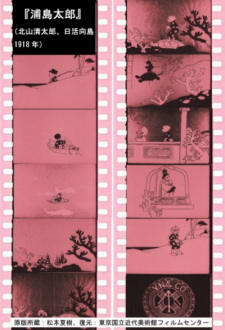SynopsisFour ducklings are already swimming in the pond within a few days of hatching. Their mother is sitting on the last and largest egg. The grandmother duck, who likes to chat, worries that it may be a turkey egg. The chick that hatches three days later has a long neck and quacks in an unfamiliar way. However, the mother duck is relieved to see the youngest duckling actively training to swim. Being different from other ducklings in appearance, he is mocked by dogs and bullied by frogs. He is despised by other ducks and ostracized by his four brothers. One evening, the youngest duckling leaves his mother and brothers. In autumn, the duckling who continues to travel alone asks a goose to let him join his flock. While they are talking, they see a hunter fire a gun and barely escape the hound. Autumn gives way to winter. The duckling is lying on a bed in a cabin near a second house on the lakeside. A black cat and a hen are watching the duckling with a concerned look. The duckling wakes up and is told by the black cat that he was saved while being attacked by a weasel. The hen says that the duckling does not look like a duck, and the black cat tells the duckling that he can stay as long as he wishes. Summer comes after the spring. Children in a second house spot a beautiful swan. The black cat tells the hen that he is proud of having raised the swan. The young swan's days are peaceful and happy. When the evening comes, the swan remembers his gentle mother duck.
(Source: Japanese Animated Film Classics) BackgroundThe 62nd issue of the Athena Film Library series of education movies produced by Yokohama Cinema Shokai. Subsequent to the existing silent version, a talkie labeled "Yoshizaka-style recording" was also released. The original length of the 35-mm version is 323 m per volume for the silent version and 535 m for the two-volume talkie version. In addition to a 35-mm version, a 16-mm Sakura Graph version was also released by Konishiroku Honten. Here is the advertisement of the movie at the time: "Andersen's famous fairy tale has been produced as an excellent animation. This animation, produced by a master, depicts a lovely and idyllic world of ducklings filled with pathos and artistry. It is a work of art that can be created only by a virtuoso" (Eiga Kyoiku, October 1932). According to The History of Japanese Animation (Katsunori Yamaguchi & Yasushi Watanabe, Yubunsha, 1977, p. 206), photos of girls reading Andersen's fairy tales are added before and after the animation in the talkie version. A real-life film of a girl and a boy watching a swan is also inserted in this version. Andersen's original story ends with the joy of the duckling, who, bullied by others, believed himself to be ugly but realizes he is a beautiful swan. In contrast, the ending of the adaptation by Chuzo Aochi is filled with pathos, where the swan remembers his gentle duck mother while quietly swimming in the lake.
(Source: Japanese Animated Film Classics) |
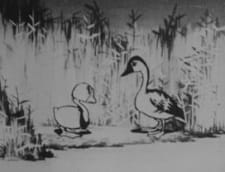

 (1).png)


